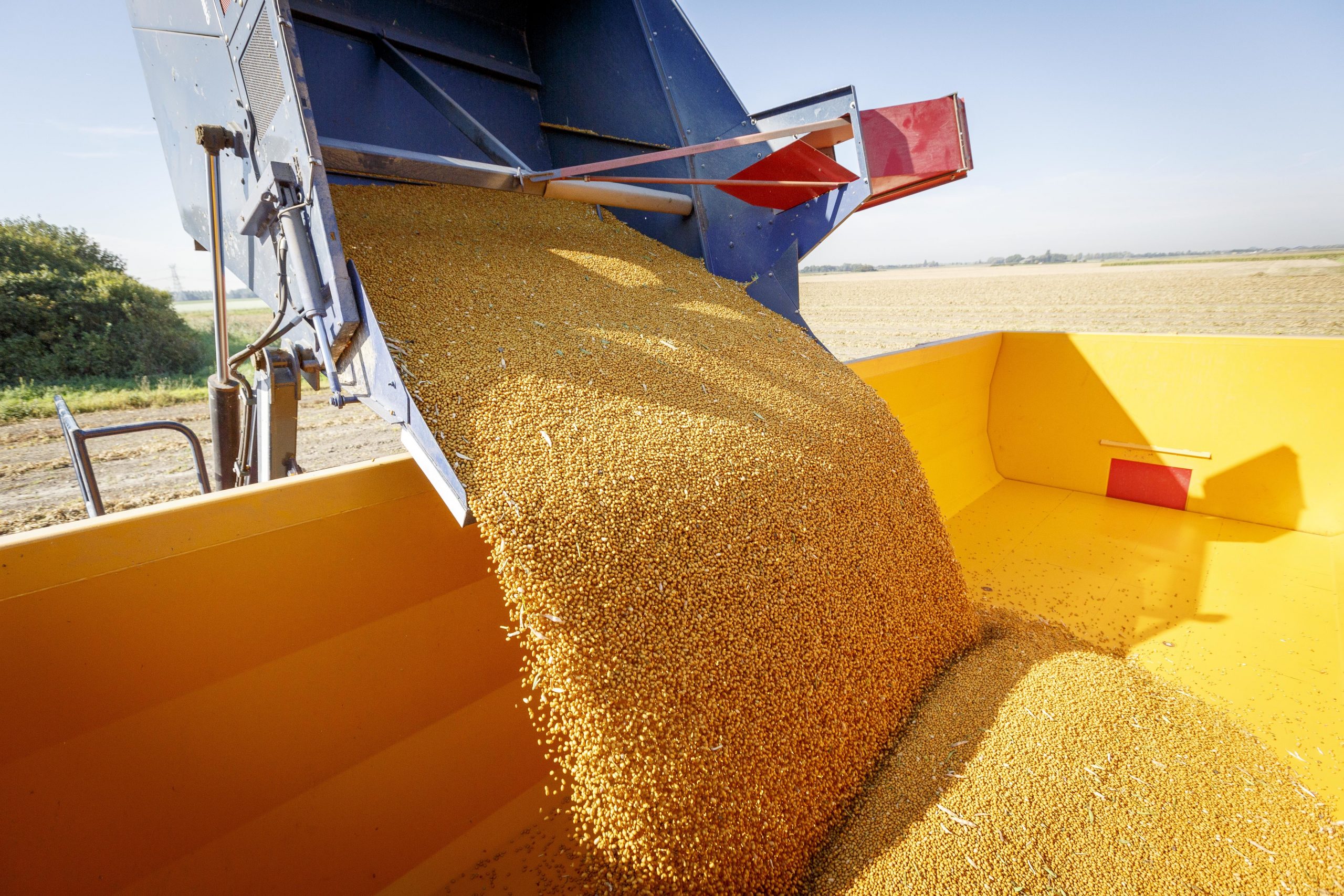INRA builds open-access database on grain legumes

The French agricultural research institute INRA has developed an open-access database on grain legumes.
Because of their high protein content, grain legumes are an important component in the diets of both humans and livestock. Although there are many legume species, the most used ones are peas in Europe and soybeans in the Americas and Asia.
Recent decades have seen a large number of experiments designed to study and compare different legume species in various parts of the world. The results of these experiments have produced valuable information and enabled the ranking of legume species as a function of their yields and nitrogen balances, but these data are disparate and have never been the subject of a global synthesis.
Based on data extracted from 173 scientific articles, INRA scientists have now created a global database that covers 360 experimental sites spread between 18 climatic zones (according to the Köppen-Geiger classification) and 41 countries. This database includes 8581 combinations of crops, sites, years and treatments. The information recorded describes climatic conditions, soil types, yields, plant nitrogen contents, soil N reserves and cultivation practices. When they were available, data collected on subsequent crops were also collated.
These data are now archived in a relational, open-access database that is accessible via the Dryad Digital Repository, which is a resource that enables the discovery, reuse and citation of data underpinning scientific publications. Dryad supplies a polyvalent framework for a wide variety of data. These data can be analysed using statistical methods to compare different legume species according to several criteria (e.g. grain yield, protein yield, energy yield, nitrogen balance). They can be used to estimate how the cultivation of legumes affected the productivity of subsequent crops. The data can also be analysed by means of standard meta-analysis methods in order to rank the performance of a large number of grain legume species, and to identify those of the most interest according to several criteria. More generally, this database offers a unique opportunity to scientists as it enables the analysis and comparison of legume performance under diverse environmental conditions.
Source: INRA
Join 26,000+ subscribers
Subscribe to our newsletter to stay updated about all the need-to-know content in the feed sector, three times a week. Beheer
Beheer









 WP Admin
WP Admin  Bewerk bericht
Bewerk bericht